×
It looks like you're using an obsolete version of internet explorer. Internet explorer is no longer supported by Microsoft since the end of 2015. We invite you to use a newer browser such as Firefox, Google Chrome or Microsoft Edge.

Become an Incathlab member and receive full access to its content!
You must be an Incathlab member to access videos without any restrictions. Register for free in one minute and access all services provided by Incathlab.You will also be able to log into Incathlab from your Facebook or twitter account by clicking on login on the top-right corner of Incathlab website.
Registration Login
Registration Login
This didactic procedure concerns an 83 years old man with a history of multiple percutaneous coronary interventions with a chronic total occlusion of the left circumflex and a symptomatic severe aortic stenosis that was assigned for TAVI treatment by the Heart Team with an ACURATE Neo2 Valve.
Educational objectives
- Step-by-step implantation of the ACURATE Neo2 Valve
- Step-by-step use of the SENTINEL™ Cerebral Protection device
- How valve design impact coronary access and condition future treatment options for the patient after TAVI
- Tips and tricks to preserve coronary access after TAVI
- Advantages of the ACURATE Neo2 valve system in horizontal aortic root
Step-by-step procedure: Left internal carotid artery stenting
1) Access sites and set-up
- Femoral access: Ultrasound guided puncture
- Second Access: Left radial access 6 Fr: Aortic angiogram
- Third access: Right radial access 6 Fr: Implantation of cerebral protection device: distal and proximal filter after a good screening on pre-TAVI CT for left carotid and brachiocephalic arteries diameter
- Pre-closing with 2 ProGlide™ systems.
- Support guidewire through very tortuous iliac arteries: Lunderquist® guidewire.
- Advancement of the large bore sheath on the Lunderquist® guidewire smoothly under fluoroscopy through tortuous and kinked iliac arteries.
2) Aortic valve crossing
- AL1 catheter with Terumo® straight tip
- Exchange with pre-shaped Safari ® guidewire
- Ensure good position of the wire on LV with the Pigtail catheter
- Ensure a good position of the pigtail catheter at the bottom of the NC cusp
3) Pre-dilatation valvuloplasty
- Non-compliant 22mm balloon. (Minimum diameter of the valve 23mm)
- Pacing over the wire at 180 bpm.
4) Advancement of the ACURATE Neo2 Valve
- Description of the delivery catheter
- Aortic arch crossing: avoid interference with the cerebral protection device
- Pre dilatation of the lesion using a 5.5*20mm Ultra-Soft™ balloon.
- Positioning the valve through the horizontal aortic root (valve/wire maneuver)
5) Implantation of the ACURATE Neo2 Valve
- ACURATE Neo2 Valve: implantation marker in the delivery system that indicates the level of implantation: 7mm marker Angiogram check of the position of the valve before delivery
- Delivery of the valve: turn wheel 1 slowly
- Check the level and the opening of the upper crown of the valve towards the aortic root
- Ensure good alignment with the outer aortic root curve
- The annular part of the valve is the last to be opened
- Fast opening the wheel 2
- Retrieve the delivery system in the descending aorta
Tips and tricks for commissure alignment with the ACURATE Neo2 valve: Put the pin at 6 o’clock / alignment of the three stent arches.
6) Final control of valve implantation results
- Check of the valve opening and the height of the implant, aortic regurgitation
- Angiogram control
- Hemodynamic pressure control
- ECG control
- Echo control
7) Remove of the SENTINEL™ Cerebral Protection device
8) Vascular closure with 2 ProGlide™ at 2 and 10 O’clock.
Bibliography
Audience
This webinar is for Interventional Cardiologists and Heart Surgeons who implant TAVI devices or have an interest in learning more about Transcatheter Aortic Valve Implantation, as well as non-invasive Cardiologists with an interest in the current developments in the field TAVI therapy for their patients.
Shooting date : 2021-04-27
Last update : 2022-02-28
Last update : 2022-02-28
Our Cases of the Month
The case of the month is a new way for our users to watch, learn, and share with incathlab. They can watch a video that highlights an innovative case and uses excellent pedagogical techniques, lear...
Share
Join the Discussion
Suggestions
Monday, November 30th -0001 from 12am to 12am (GMT+1)
Honolulu : Monday, November 29th 1999 from 01pm to 01pm (GMT+1)
San Francisco : Monday, November 29th 1999 from 03pm to 03pm (GMT+1)
New York : Monday, November 29th 1999 from 06pm to 06pm (GMT+1)
Buenos Aires : Monday, November 29th 1999 from 08pm to 08pm (GMT+1)
London / Dublin : Monday, November 29th 1999 from 11pm to 11pm (GMT+1)
Paris / Berlin : Tuesday, November 30th 1999 from 12am to 12am (GMT+1)
Istanbul : Tuesday, November 30th 1999 from 01am to 01am (GMT+1)
Moscou / Dubaï : Tuesday, November 30th 1999 from 03am to 03am (GMT+1)
Bangkok : Tuesday, November 30th 1999 from 06am to 06am (GMT+1)
Shanghai : Tuesday, November 30th 1999 from 07am to 07am (GMT+1)
Tokyo : Tuesday, November 30th 1999 from 08am to 08am (GMT+1)
Sydney : Tuesday, November 30th 1999 from 09am to 09am (GMT+1)
Wellington : Tuesday, November 30th 1999 from 11am to 11am (GMT+1)
San Francisco : Monday, November 29th 1999 from 03pm to 03pm (GMT+1)
New York : Monday, November 29th 1999 from 06pm to 06pm (GMT+1)
Buenos Aires : Monday, November 29th 1999 from 08pm to 08pm (GMT+1)
London / Dublin : Monday, November 29th 1999 from 11pm to 11pm (GMT+1)
Paris / Berlin : Tuesday, November 30th 1999 from 12am to 12am (GMT+1)
Istanbul : Tuesday, November 30th 1999 from 01am to 01am (GMT+1)
Moscou / Dubaï : Tuesday, November 30th 1999 from 03am to 03am (GMT+1)
Bangkok : Tuesday, November 30th 1999 from 06am to 06am (GMT+1)
Shanghai : Tuesday, November 30th 1999 from 07am to 07am (GMT+1)
Tokyo : Tuesday, November 30th 1999 from 08am to 08am (GMT+1)
Sydney : Tuesday, November 30th 1999 from 09am to 09am (GMT+1)
Wellington : Tuesday, November 30th 1999 from 11am to 11am (GMT+1)
Complex CTO: Ostial LAD CTO with ambiguous Proximal CAP
Case of the month: May 2019
Share
Percutaneous EndoVascular Aortic Repair (PEVAR) with low profile endovascular graft
Case of the month: August 2017
Share
Provisional Bifurcation techniques to support bailout scenarios
Insights from the Visible Heart�...
Case of the month: July 2024
Share



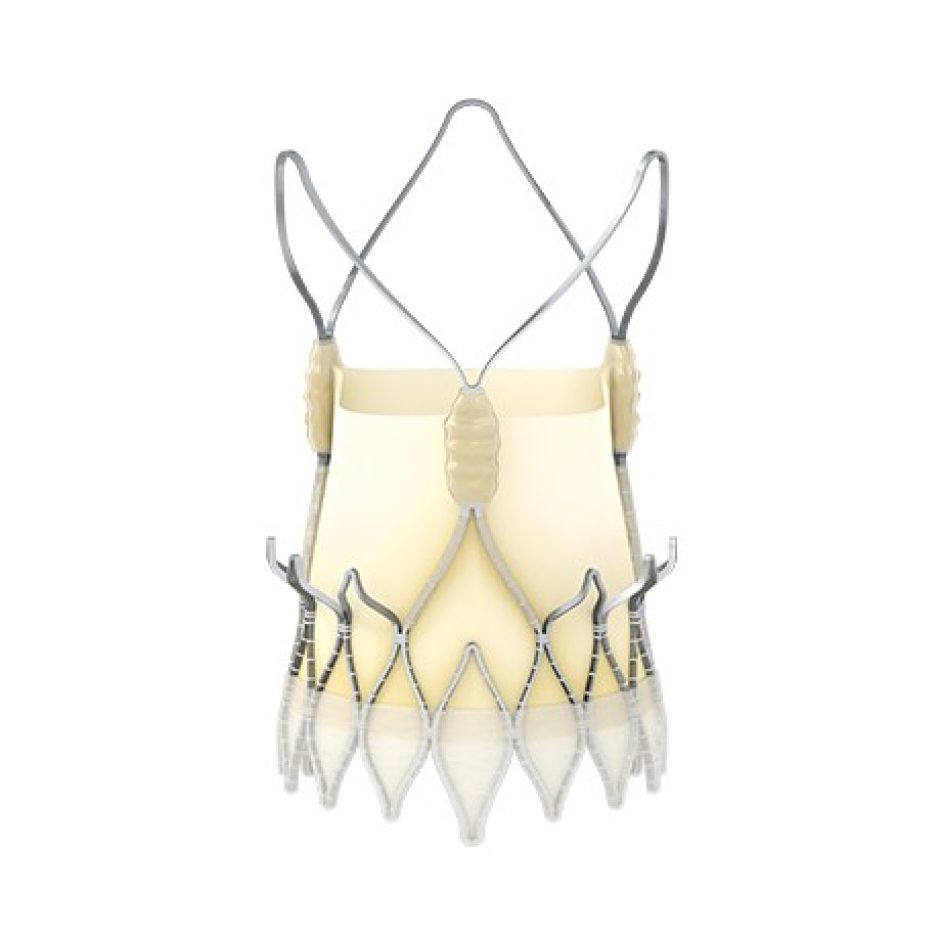
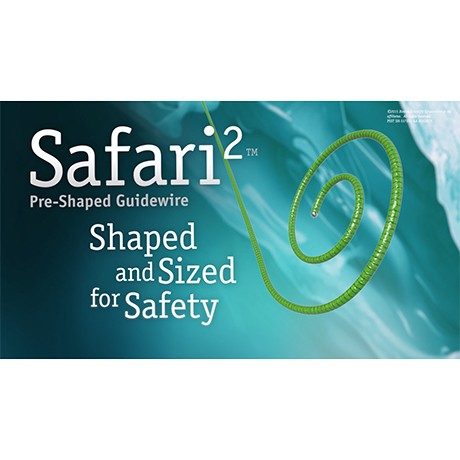
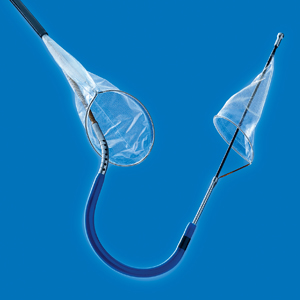
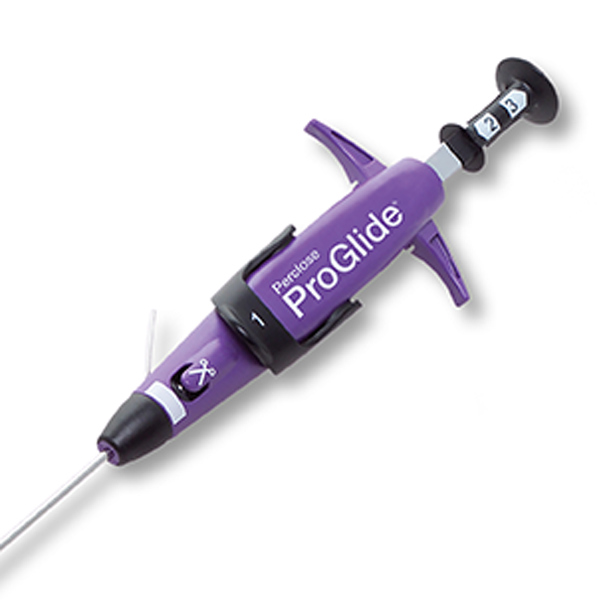
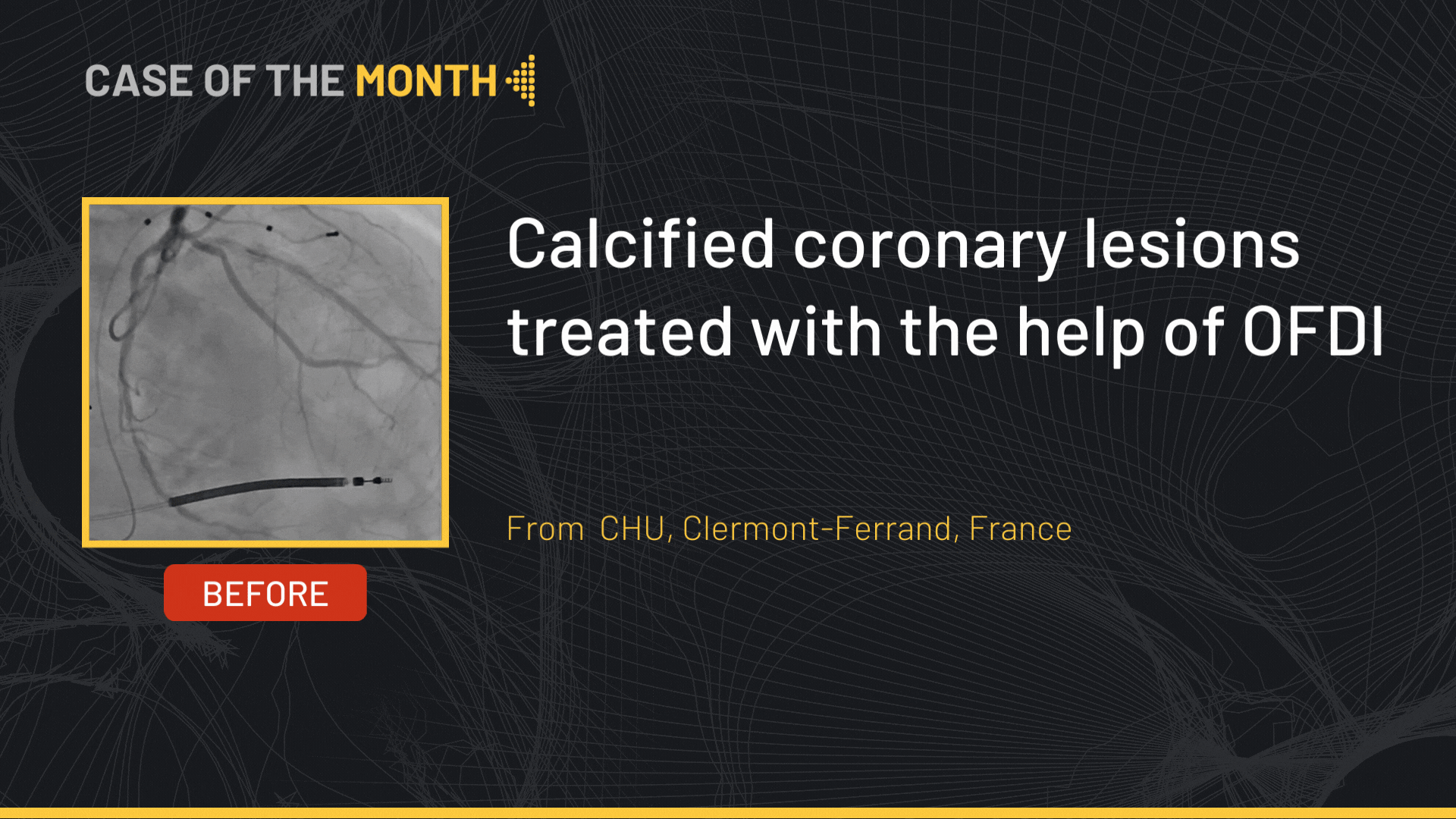
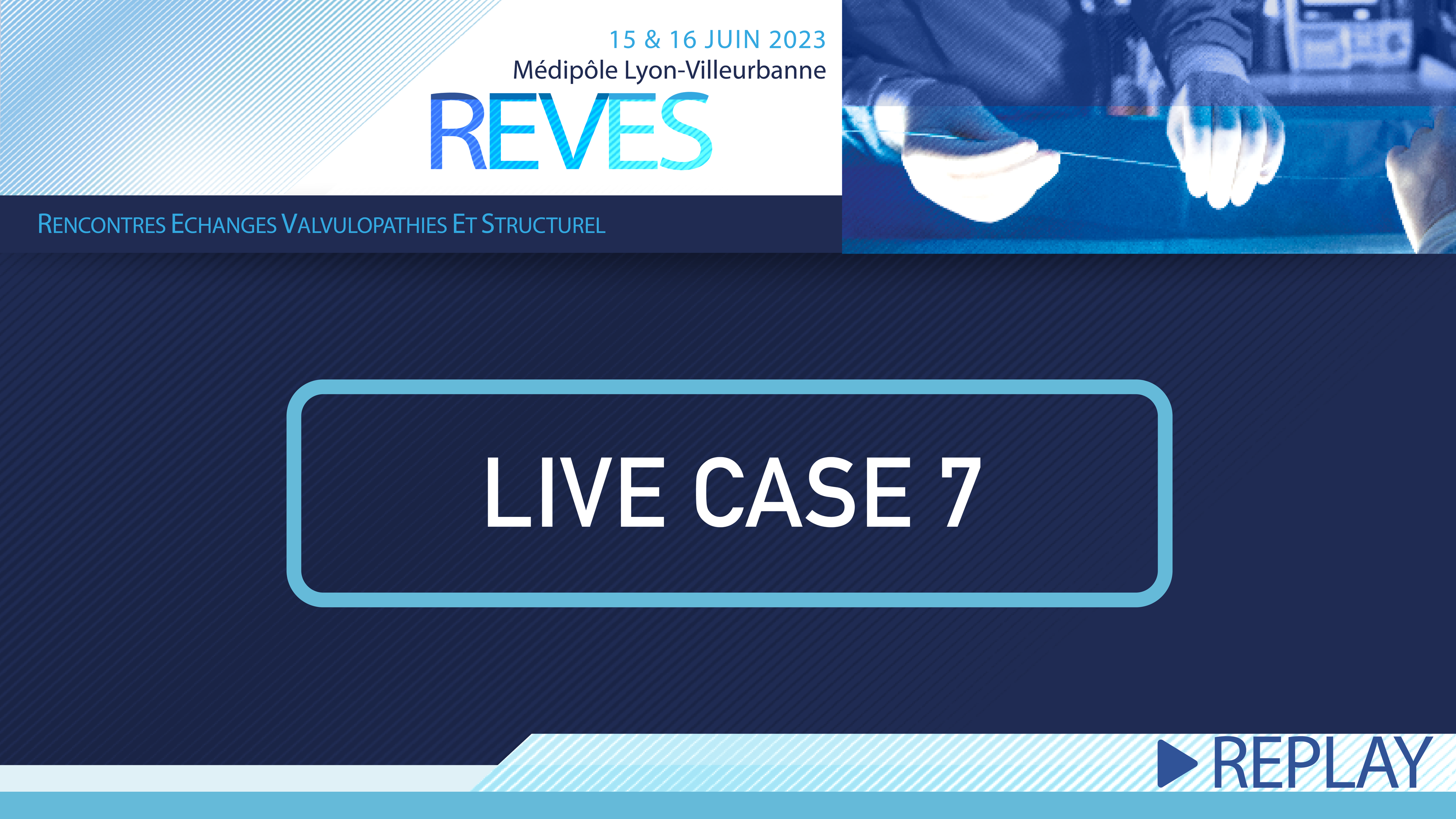
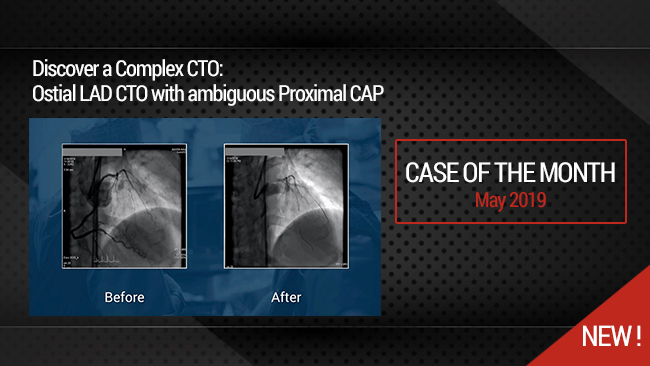
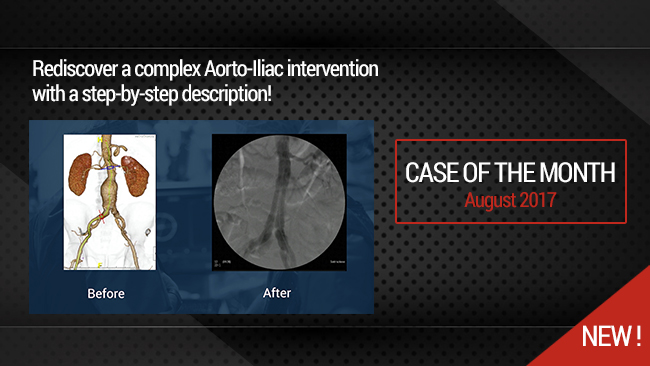
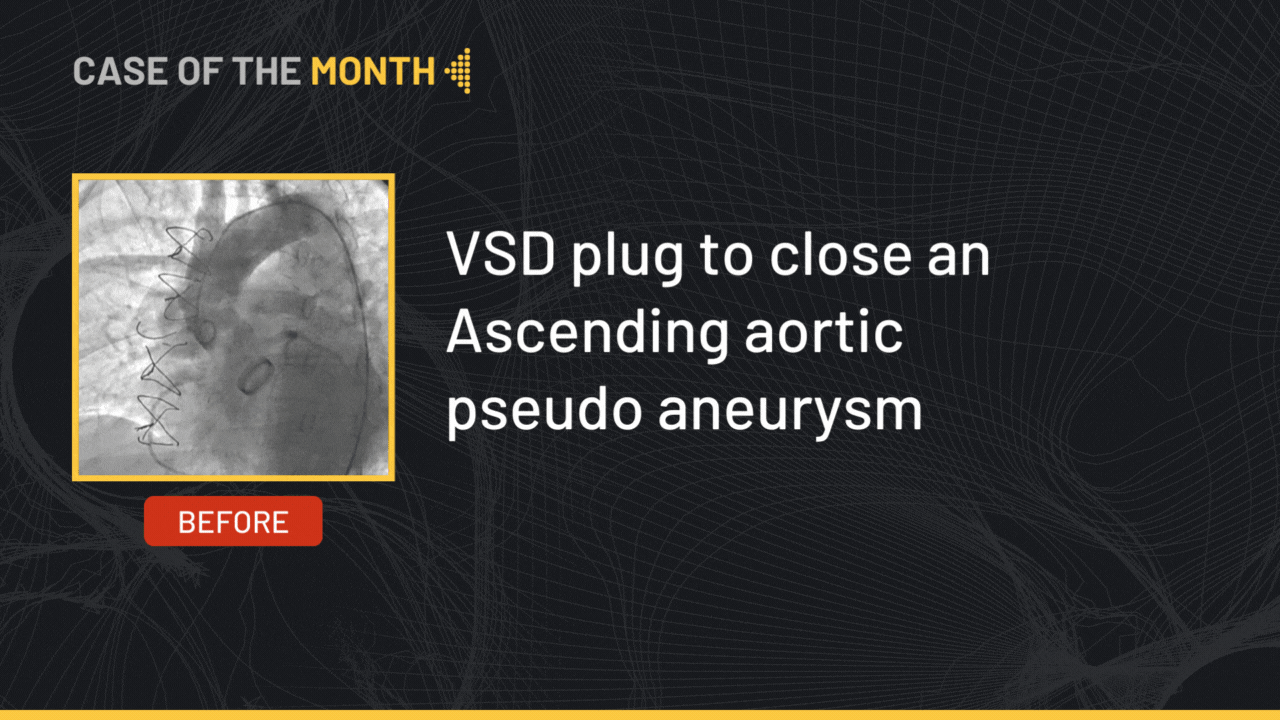
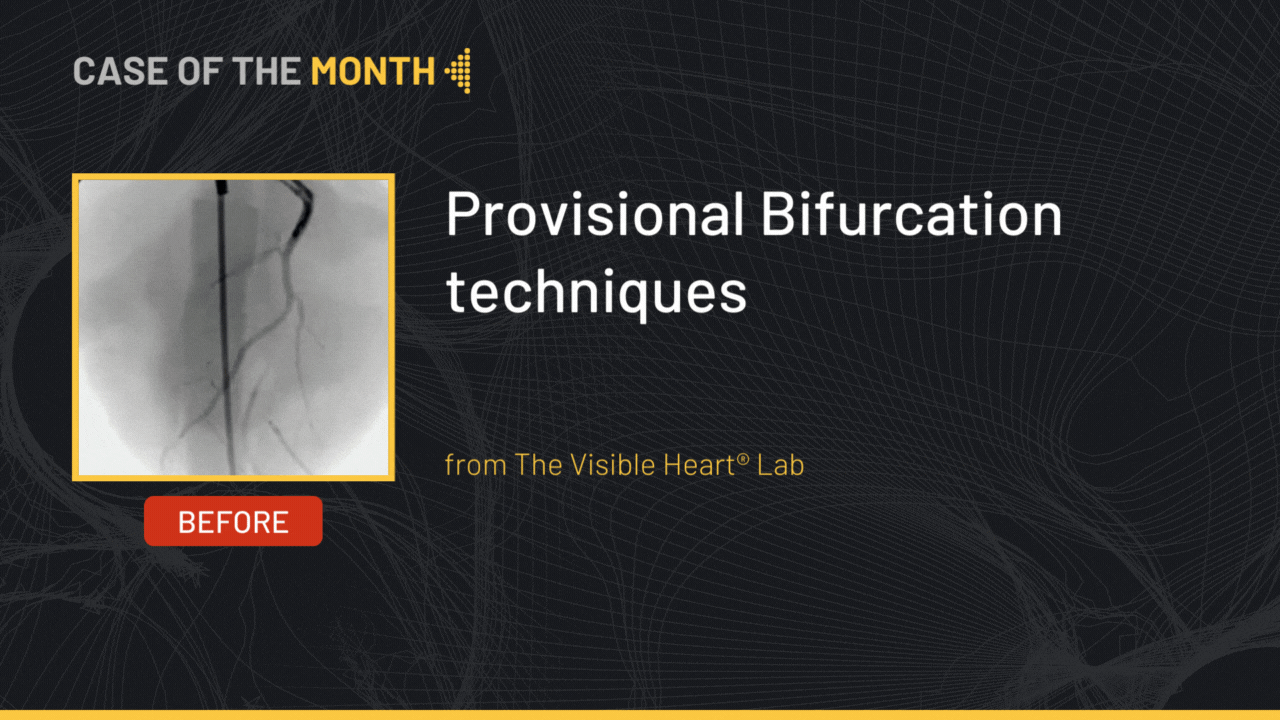

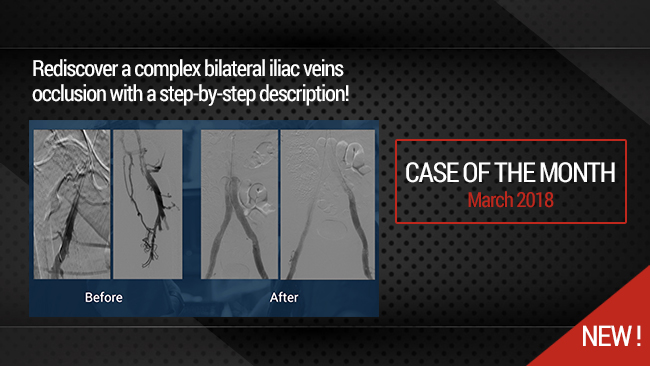
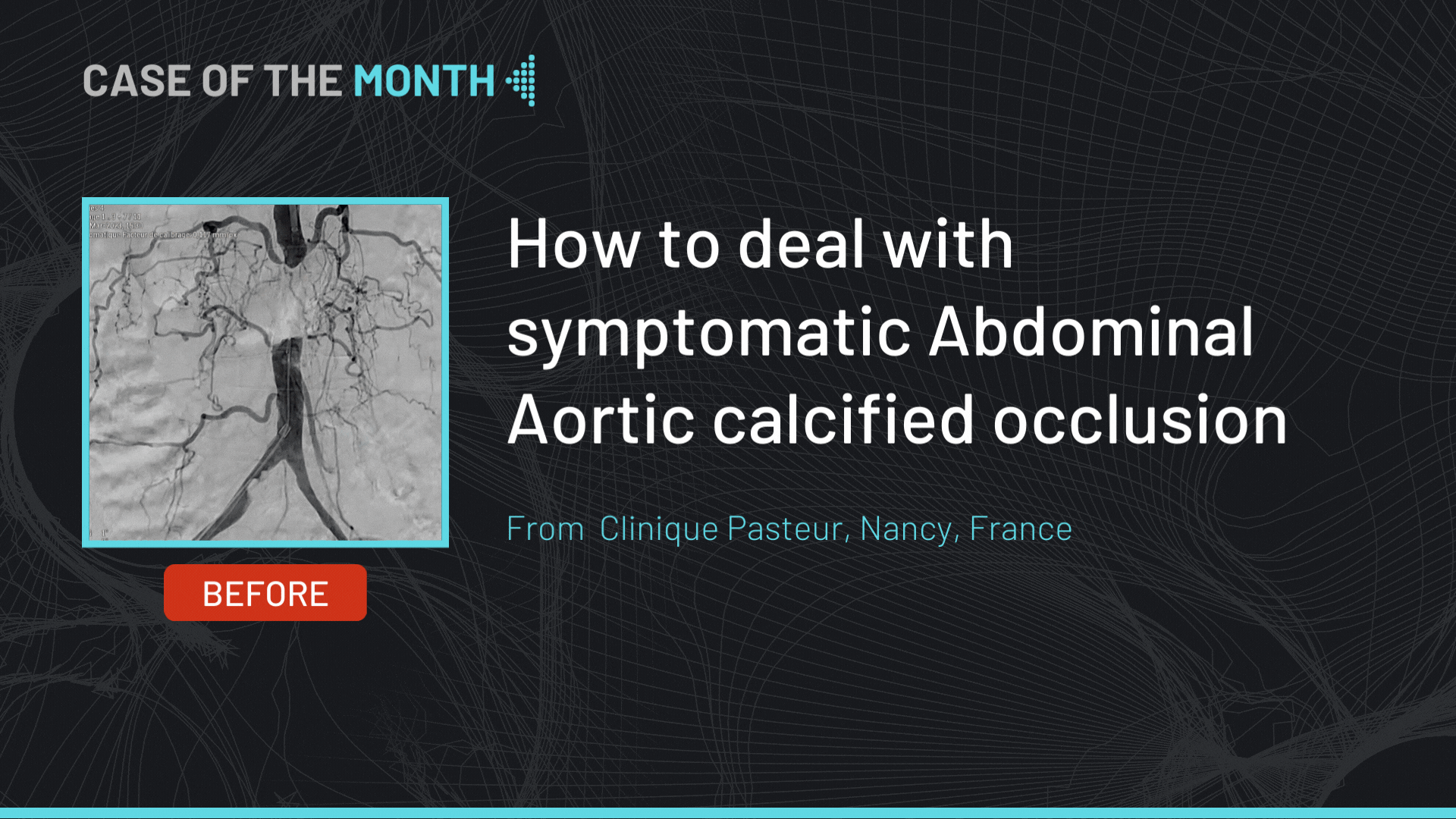
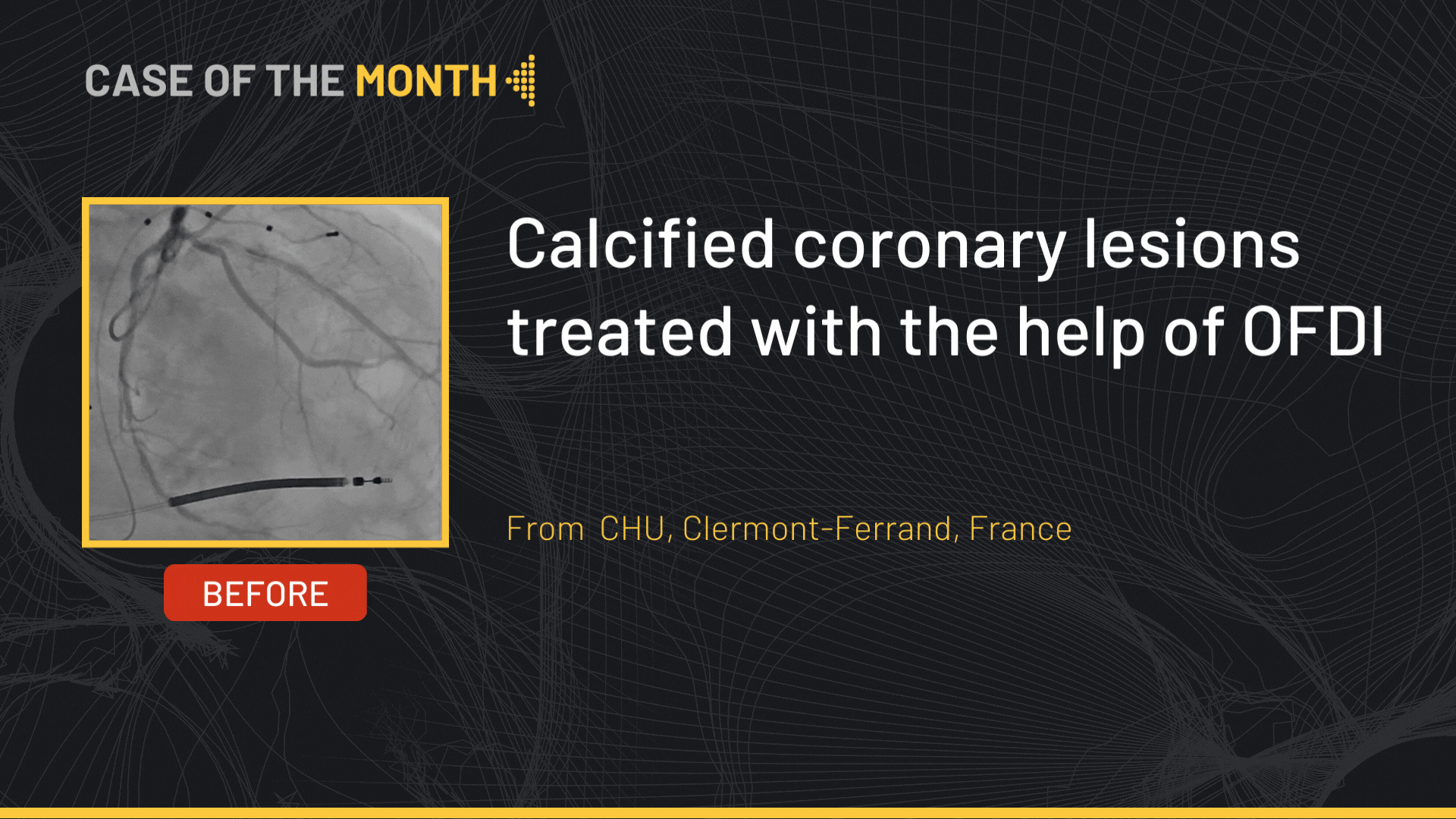
dramthirugnanam@aol.com D. position is not perfect
dramthirugnanam@aol.com D. 2 mm can be inside
v22e V. Excelent case !